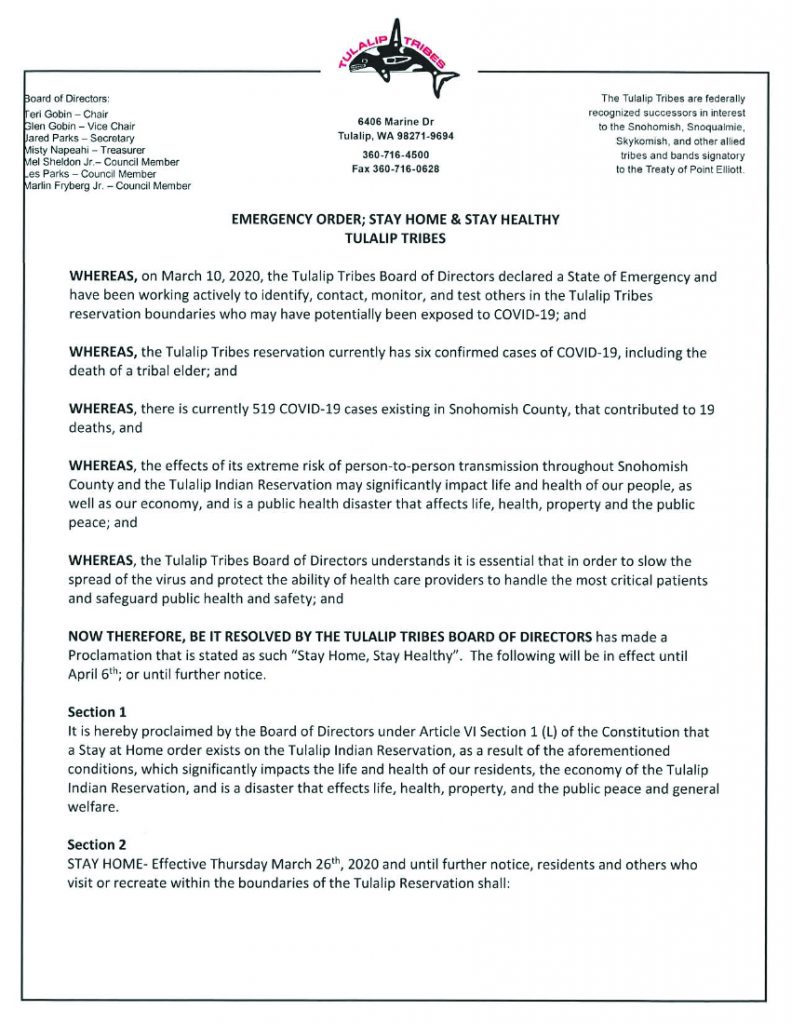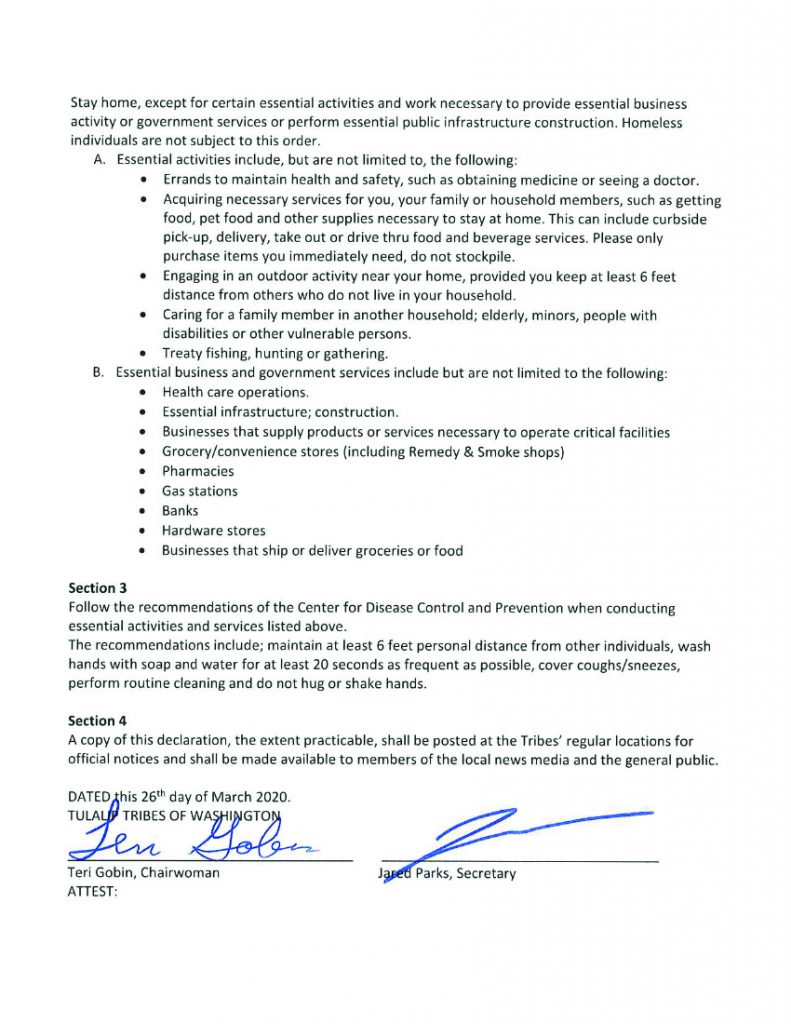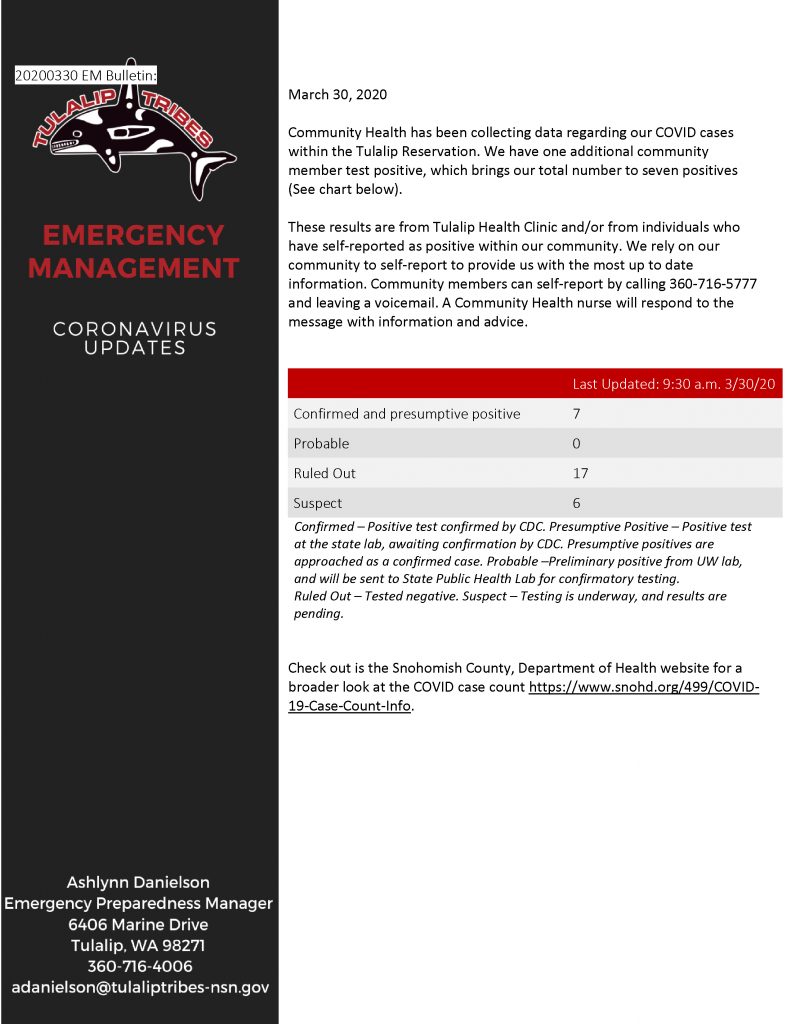
Tulalip Tribes Bulletin, March 30, 2020

syəcəb


Source: U.S. Small Business Administration
The programs and initiatives in the Coronavirus Aid, Relief, and Economic Security (CARES) Act that was just passed by Congress are intended to assist business owners with whatever needs they have right now. When implemented, there will be many new resources available for small businesses, as well as certain non-profits and other employers. This guide provides information about the major programs and initiatives that will soon be available from the Small Business Administration (SBA) to address these needs, as well as some additional tax provisions that are outside the scope of SBA.
To keep up to date on when these programs become available, please stay in contact with your local Small Business Administration (SBA) District Office, which you can locate here.
Paycheck Protection Program (PPP) Loans
The program would provide cash-flow assistance through 100 percent federally guaranteed loans to employers who maintain their payroll during this emergency. If employers maintain their payroll, the loans would be forgiven, which would help workers remain employed, as well as help affected small businesses and our economy snap-back quicker after the crisis. PPP has a host of attractive features, such as forgiveness of up to 8 weeks of payroll based on employee retention and salary levels, no SBA fees, and at least six months of deferral with maximum deferrals of up to a year. Small businesses and other eligible entities will be able to apply if they were harmed by COVID-19 between February 15, 2020 and June 30, 2020. This program would be retroactive to February 15, 2020, in order to help bring workers who may have already been laid off back onto payrolls. Loans are available through June 30, 2020.
Counseling & Training
If you, like many small business owners, need a business counselor to help guide you through this uncertain time, you can turn to your local Small Business Development Center (SBDC), Women’s Business Center (WBC), or SCORE mentorship chapter. These resource partners, and the associations that represent them, will receive additional funds to expand their reach and better support small business owners with counseling and up-to-date information regarding COVID-19. There will soon be a joint platform that consolidates information and resources related to COVID-19 in order to provide consistent, timely information to small businesses. To find a local resource partner, visit https://www.sba.gov/local-assistance/find/.
In addition, the Minority Business Development Agency’s Business Centers (MBDCs), which cater to minority business enterprises of all sizes, will also receive funding to hire staff and provide programming to help their clients respond to COVID-19. Not every state has a MBDC. To find out if there is one that services your area, visit this site.
Contracting
If you are a government contractor, there are a number of ways that Congress has provided relief and protection for your business. Agencies will be able to modify terms and conditions of a contract and to reimburse contractors at a billing rate of up to 40 hours per week of any paid leave, including sick leave. The contractors eligible are those whose employees or subcontractors cannot perform work on site and cannot telework due to federal facilities closing because of COVID-19.
If you need additional assistance, please reach out to your local Small Business Development Center, Women’s Business Center, SCORE chapter, or SBA District Office. You should also work with your agency’s contracting officer, as well as the agency’s Office of Small and Disadvantaged Business Utilization (OSDBU).
Small Business Tax Provisions
Employee Retention Credit for Employers Subject to Closure or Experiencing Economic Hardship
This provision would provide a refundable payroll tax credit for 50 percent of wages paid by eligible employers to certain employees during the COVID-19 crisis. The credit is available to employers, including non-profits, whose operations have been fully or partially suspended as a result of a government order limiting commerce, travel or group meetings. The credit is also provided to employers who have experienced a greater than 50 percent reduction in quarterly receipts, measured on a year-over-year basis.
Wages of employees who are furloughed or face reduced hours as a result of their employer’s closure or economic hardship are eligible for the credit. For employers with 100 or fewer full-time employees, all employee wages are eligible, regardless of whether an employee is furloughed. The credit is provided for wages and compensation, including health benefits, and is provided for the first $10,000 in wages and compensation paid by the employer to an eligible employee. Wages do not include those taken into account for purposes of the payroll credits for required paid sick leave or required paid family leave, nor for wages taken into account for the employer credit for paid family and medical leave (IRC sec. 45S).
Delay of Payment of Employer Payroll Taxes
This provision would allow taxpayers to defer paying the employer portion of certain payroll taxes through the end of 2020, with all 2020 deferred amounts due in two equal installments, one at the end of 2021, the other at the end of 2022. Payroll taxes that can be deferred include the employer portion of FICA taxes, the employer and employee representative portion of Railroad Retirement taxes (that are attributable to the employer FICA rate), and half of SECA tax liability.

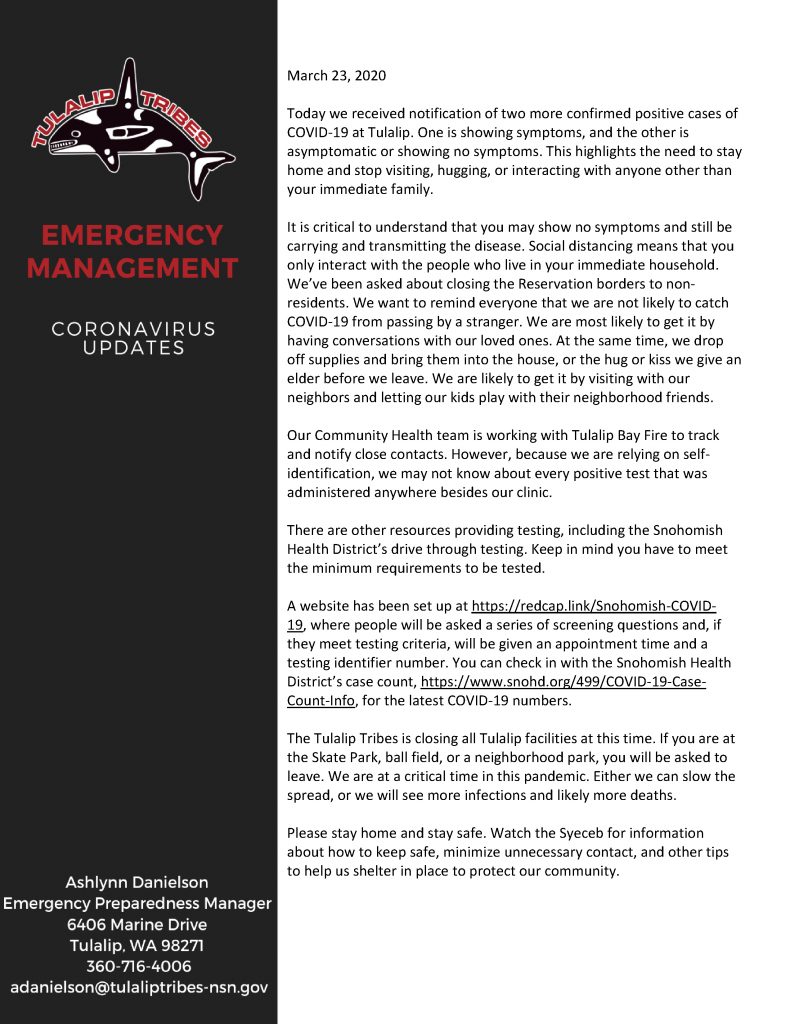
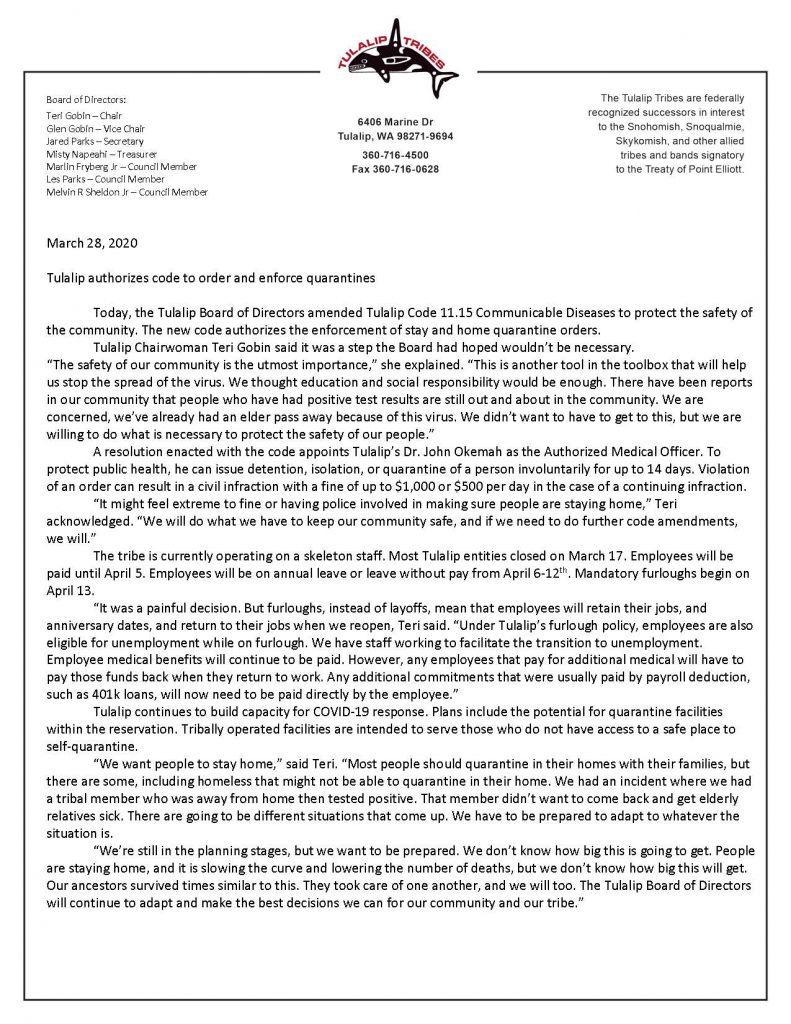
Click here to download Amendments to Tulalip Tribal Code Chapter 11.15, Communicable Diseases
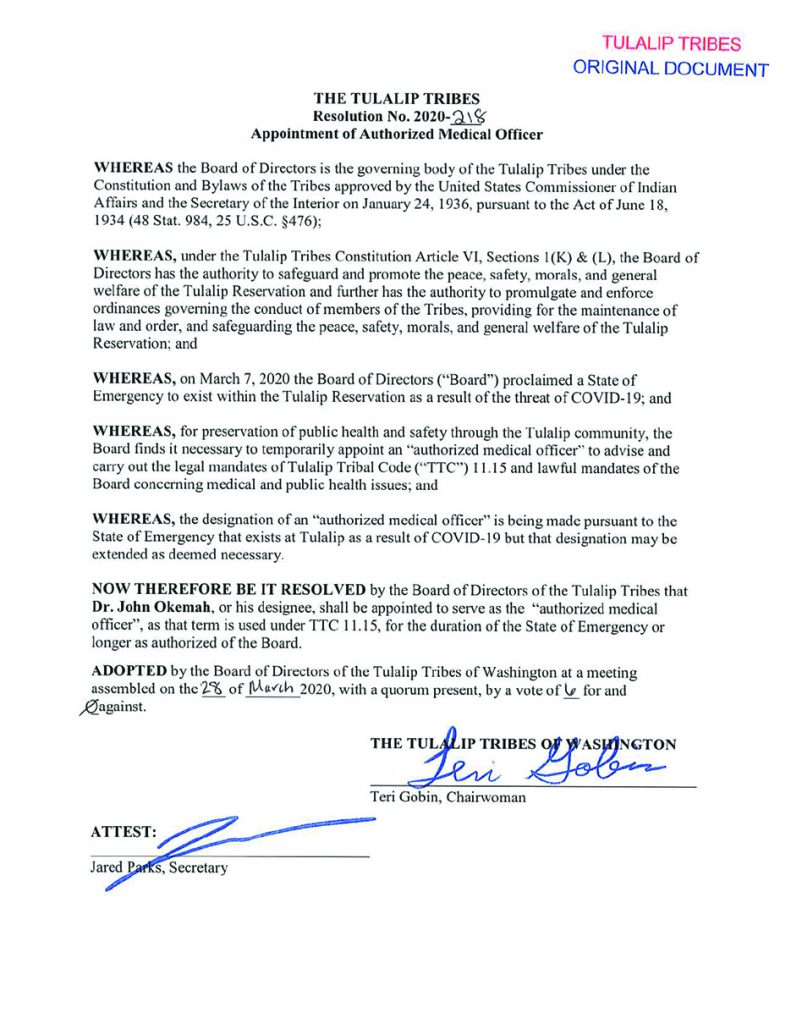
Please use the following link to download the March 28, 2020 issue of the syəcəb
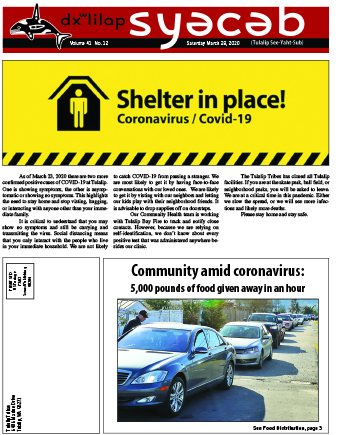
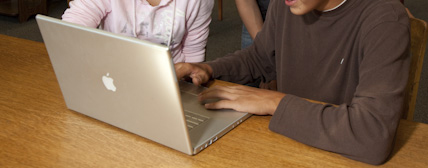
By Jason Douglas
Most, if not all of us, are new to a government-imposed lockdown. Making the situation even harder, is the across-the-board unemployment that many Washington state citizens are experiencing, now.
The need for constructive methods for tackling this glaring side-effect of the Covid-19 virus outbreak is mounting, daily.
However, there is no reason to become overwhelmed, and give up. Many local resources are showing promise for all of us who are being negatively affected by quarantine.
While there are still opportunities for outdoor activities (while maintaining social distancing), a shift toward online education, as well as recreation, will be key, for staying socially-active and feeling healthy.
First, let’s go over some outdoor-related, stay-at-home activities:
Gardening/Home Maintenance
Spring is upon us, after all. Though gardening and planting anything new may be challenging, with the closure of retail hardware and garden stores. Do what you can! Even a simple lawn-mowing can make you feel more vital, weather-permitting.
Walking/Biking
Taking regular walks, or riding a bike, helps keep you feeling fit, and is still absolutely permissible, under current quarantine guidelines. Just remember the “6-foot rule”, when interacting with anyone else outside your family.
Our furry friends and family members, like the family dog, can be great motivators. Dog-walking is doubly good for shaking off those Wintertime blues.
While these outdoor activities fall under the normal category for this time of year, we are fortunate to still be able to participate in them.
Some of the indoor,online-oriented adaptations of our regular day-to-day include:
Online grocery-shopping and home grocery delivery
Tulalip Wal Mart offers their food selection online, anytime. And their Grocery Delivery offers a convenient, scheduled drop-off for home delivery.
Fred Meyer delivers groceries to your door, as we, with a $9.95 delivery fee.
Amazon also offers grocery delivery. But you may need to confirm availability at checkout, due to overwhelming orders, and a need to prioritize medical supplies orders, etc…
Staying in touch with loved ones and friends, via Zoom, Marco Polo, Skype, FaceTime, etc.
It feels better to see the faces and hear the voices of those we love, even if they are in a different geographic location from us. Thankfully, all we need is an internet connection and computer, to remain social and support one another.
Most kids and teens are obviously going to be online gaming with xBox, PlayStation, and the like…..but there are also opportunities for combating boredom through:
Cartoonnetwork. Com
Pbskids.org
Lol.disney.com
Funbrain.com has games and reading materials for 1st thru 8th graders
Seek out local gyms and yoga studios who offer online exercise classes
Finally, on a more cultural level, there are many fulfilling Native activities, such as entertaining stories and historical info to read at www.hibulbculturalcenter.org.
Although the Tulalip Lushootseed Department is closed until March 31, you can visit their website: www.tulaliplushootseed.com or Facebook at Lushootseed Language for Lushootseed materials.
For the tactile approach to interacting with Tulalip traditions, perhaps sewing and beading while working on tribal regalia will help keep an important component of humanity and hope.
These are strange new times, with new challenges, for us all to overcome. Thankfully, we also live in times where for better or worse, we ARE a more global community. With this comes a feeling of togetherness, which can be a powerful weapon, even when we aren’t arm-in-arm, but rather connected via devices.
And don’t forget to get fresh air, every once in awhile!
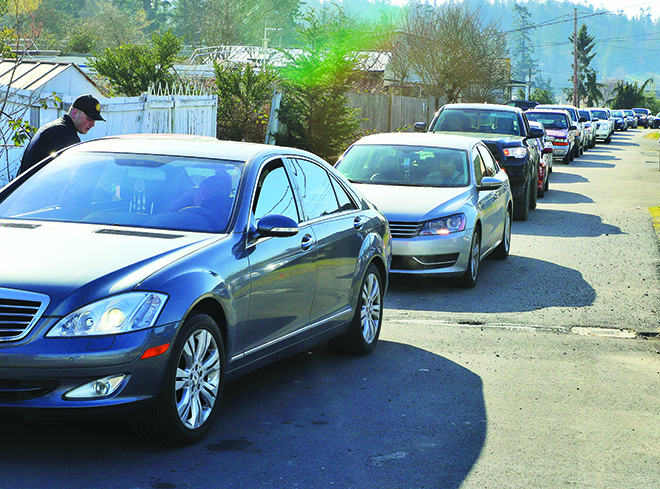
By Micheal Rios, Tulalip News
As the coronavirus pandemic continues to bring a screeching halt to everyday life around the globe, the Tulalip Tribes membership received a moment of relief in the form of a drive-thru style food distribution. The community-led event occurred Thursday, March 19 in the Senior Center’s parking lot.
Just days prior, Tulalip leadership made the steadfast decision to shut down nearly all tribal-owned business to minimize the impact of COVID-19. This decision included the unprecedented closing of the three flagship gaming establishments – Tulalip Resort, Quil Ceda Casino, and Bingo.
“When we made the difficult decision to shut our casinos down, we knew there would be excess produce that could be given to our tribal members and elders,” explained board of director Marlin Fryberg during the well-received food distribution. “This is a great thing we’re doing and we have to give credit to the folks who made this possible by coming together last night. They separated all the bulk foods and bagged it up so we could have this giveaway drive-thru style.”
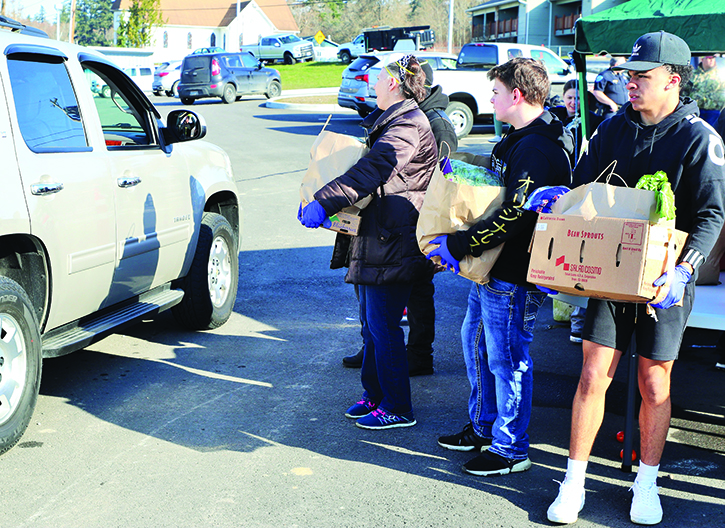
A community of local volunteers, including the Tulalip Police Department, casino food and beverage employees, Senior Center staff, and Sacred Riders motorcycle group members, came together for the benefit of those most in need of a positive uplifting in the form of fresh produce. The volunteers broke down over 5,000 pounds of food, sorted it by type and then proceeded to spend hours bagging it up for convenient, family-sized portions.
“This event brought us together and created something positive from a dark set of circumstances,” said event co-coordinator Rochelle Lubbers. “I believe most of our membership knows how blessed and fortunate we are to be such a tight knit community, where we can share resources with those who are most in need. We are serving our community with nutritious, perishable foods that can really be used in this time of uncertainty.”
It took only a single hour to give away all 5,000 pounds of food, distributed in nearly 500 bags filled to the brim with the likes of potatoes, spring greens, carrots, zucchini, lettuce, berries, oranges, pears, and much more to our reservation families. Milk, cheese, pasta, and a variety of breads were included as well.
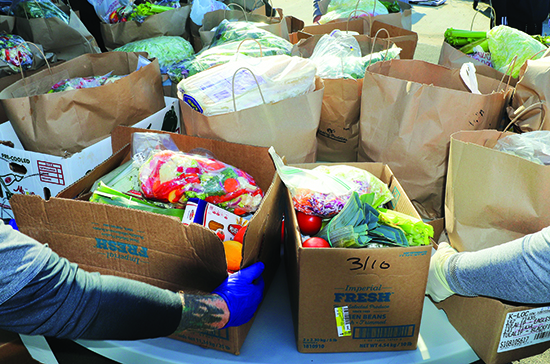
An additional 1,000 pounds of fresh produce was donated to the Marysville Food Bank to help replenish their low food supply.
“This donation is greatly appreciated. We really don’t know where we’re headed with need and supply, so this help tremendously,” said Marysville Food Bank director, Dell Deierling.
It is a traditional teaching to never let food go to waste. By giving away thousands of pounds of fresh produce to so many families, the hope is the food fulfilled its purpose and made for healthy snacks and meals for those most in need, on and off the reservation.
“The Tulalip Tribes knows that all members of our community and our neighboring communities are impacted during this difficult time,” stated Chairwoman Teri Gobin. “Tulalip has always taken care of our community. We will continue to do what we can, not only for our people, but also for our friends and neighbors.”
